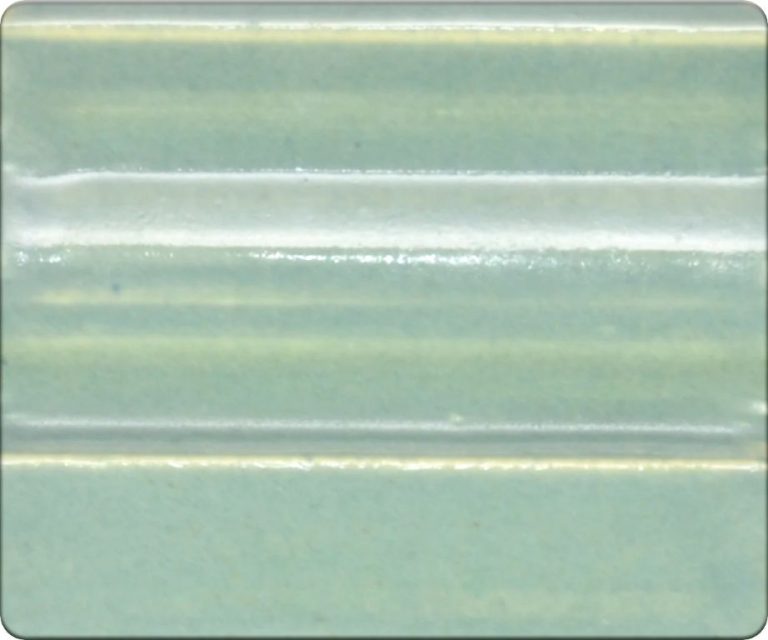What Is A Substitute For Cmc Powder?
What is CMC Powder?
CMC stands for carboxymethyl cellulose, which is derived from cellulose and used as a thickener, stabilizer, and emulsifier in various foods and commercial products. It is commonly used in gluten-free baking to help mimic the properties of gluten and create the proper texture in baked goods.
According to the Encyclopedia Britannica, CMC is “the sodium salt of carboxymethyl cellulose, a derivative of cellulose with thickening and stabilizing properties”[1]. The carboxymethyl groups that are introduced onto the cellulose chain make CMC soluble in water.
CMC is an odorless white powder that easily dissolves in water. It is sold commercially for use in food and other applications. When added to baked goods, CMC can help improve moisture retention, extend shelf life, and prevent ingredients from separating. It allows batters to flow and mix properly. CMC is commonly found in many gluten-free flour blends.
Why Use CMC Powder in Baking?
CMC powder is commonly used as an additive in baking for several reasons:
- It helps bind ingredients together and improves structure (according to Bakerpedia). The particles in CMC powder absorb water and create a gel, which adds stability.
- CMC powder improves moisture retention, resulting in a moister texture (according to Bakerpedia). It prevents crumbs from forming and keeps baked goods softer.
- It allows batters to rise properly before setting. CMC powder can improve the rising ability of doughs.
- It provides structure to baked goods. The gel that forms from CMC powder helps maintain the shape of cookies, cakes, pastries, and breads.
In summary, adding a small amount of CMC powder to recipes can help bind ingredients, improve moisture retention, prevent crumbs, provide needed structure, and allow rising – all useful properties in baking.
Potential Substitutes

There are several ingredients that can be used as substitutes for CMC powder in baking applications:
Guar Gum
Guar gum is an extract from guar beans that can be used to thicken and stabilize mixtures. According to Cake Central, guar gum can be used in place of CMC powder, but it may alter the texture somewhat.
Xanthan Gum
Xanthan gum is a common food additive made from fermented sugars. It is an excellent thickening agent. According to Quora, xanthan gum can be used in place of CMC powder when making marzipan.
Gelatin
Unflavored gelatin powder, when added to liquids, can create stable foams and gels. It may be used in small amounts as a substitute for CMC powder.
Agar Agar
Agar agar is a vegan alternative to gelatin that comes from seaweed. It can provide thickening and gelling properties similar to CMC powder.
Pectin
Pectin is a gelling agent commonly used in jams and jellies. It may also be used as a substitute for CMC powder in some recipes.
Arrowroot
Arrowroot is a starchy flour that can be used as a thickener. When mixed with cool liquids, it provides a clear, thickened texture.
Cornstarch
Cornstarch is sometimes used as an alternative to CMC powder to thicken mixtures. However, it may alter the texture and transparency.
Guar Gum
Guar gum is a polysaccharide made from the endosperm of guar beans. It is commonly used as a thickening and binding agent in foods, especially gluten-free baked goods.[1]
Guar gum has similar properties to CMC powder in recipes. It helps thicken batters and prevent ingredients from settling. Because it is able to bind moisture, guar gum improves the texture of gluten-free baked goods.[1]
When substituting guar gum for CMC powder, use about half the amount. Guar gum has twice the thickening power of CMC. Too much guar gum can lead to a slimy texture.[2]
Xanthan Gum
Xanthan gum is another popular substitute for CMC powder in baking and cooking. It is produced through the fermentation of sugars by the Xanthomonas campestris bacteria. This process creates a polysaccharide with a high molecular weight that can be used as a thickener and stabilizer.
One of the main advantages of using xanthan gum instead of CMC powder is that it is gluten-free. For people with celiac disease or gluten sensitivity, xanthan gum offers a safe alternative that won’t cause adverse reactions.
You also need significantly less xanthan gum to achieve the same gelling and thickening effects as CMC powder. Typically you only need around 1/4 to 1/3 of the amount of xanthan gum compared to CMC powder. This makes xanthan gum more economical.
Xanthan gum helps prevent ingredients from separating in baked goods. It stabilizes air bubbles in batters to improve rise. It also helps thicken and stabilize sauces, dressings, and glazes. Overall, it mimics many of the properties of CMC powder while offering some additional benefits.
Gelatin
Gelatin is an animal product made from collagen that can be used as a substitute for CMC powder. It forms a gel when dissolved in liquid, allowing it to provide structure in recipes like fondant and gum paste. When substituting, use about half as much gelatin as you would CMC powder. For example, if a recipe calls for 1 teaspoon of CMC powder, use 1/2 teaspoon of gelatin instead.
Some key points about gelatin as a CMC powder substitute:
- It is derived from animal products, so it is not suitable for vegan diets.
- Gelatin forms a thermally-reversible gel – it melts when heated and sets when cooled.
- Use about 50% less gelatin compared to the amount of CMC powder called for.
- May leave a slight animal flavor in fondant or gum paste.
Agar Agar
Agar agar is a vegan gelling agent derived from red algae. It can be used as a substitute for CMC powder in baking. Agar agar works similarly to CMC powder and can be used in about the same quantity. When substituting, use approximately the same amount of agar agar as you would CMC powder in the recipe.
Agar agar forms a brittle gel compared to CMC powder. It will hold its shape better than CMC when used in piping or molded recipes. Agar also sets at a higher temperature than CMC, so it can be useful for recipes where ingredients are added warm or hot.
Overall, agar agar makes a good substitute for CMC powder in many baking applications. With some adjustment to the amount used, it can provide the thickening and gelling properties of CMC in a vegan-friendly way.
Pectin
Pectin is a natural gelling agent found in fruits like apples, oranges, and grapefruit. When combined with sugar and acid, pectin forms a gel that gives jams and jellies their thick, spreadable texture. Pectin can be used as a substitute for CMC powder in some recipes.
Like CMC powder, pectin acts as a thickener and stabilizer in baking recipes. However, pectin only thickens under acidic conditions, while CMC powder will thicken in any pH. When substituting pectin for CMC powder, you typically need to use about half as much pectin to achieve a similar consistency. For example, if a recipe calls for 1 teaspoon of CMC powder, use 1/2 teaspoon of pectin instead.
Pectin creates a smooth, glossy texture and helps baked goods like cakes maintain their structure. It can be used to replace CMC powder in frostings, glazes, fruit fillings, and more. Since pectin relies on sugar and acid to activate, it may not work as well in recipes without those ingredients. Overall, pectin can mimic many of CMC powder’s properties and serves as a suitable substitute in the right recipes.
Arrowroot
Arrowroot is a starch obtained from the tubers of the arrowroot plant. It serves as an effective substitute for CMC powder in some recipes due to the following properties:
Arrowroot comes from the tubers of tropical plants, most commonly the Maranta arundinacea plant. This makes it a very different source of starch compared to CMC powder, which comes from cellulose. The tubers contain about 25% starch.
One advantage of arrowroot over CMC powder is that it thickens at lower temperatures. Arrowroot starts thickening around 144-194°F, while CMC powder doesn’t thicken until the mixture reaches 200°F. This makes arrowroot preferable for thickening delicate ingredients that you don’t want to cook at high heats.
When substituting for CMC powder, you need to use about twice as much arrowroot. Use approximately 2 teaspoons of arrowroot for every 1 teaspoon of CMC powder specified in the recipe. Arrowroot creates a glossy, clear gel and imparts no flavor, making it a versatile thickening agent.
Overall, arrowroot serves as an effective substitute for CMC powder when you need starch that thickens at lower temperatures and avoids high heats. Just remember to use about twice as much arrowroot as the amount of CMC powder called for.
Cornstarch
Cornstarch is derived from corn and is a common thickening agent used in cooking and baking. Compared to CMC powder, about twice as much cornstarch is needed to achieve a similar thickening effect. When substituting cornstarch for CMC powder, start with using half the amount of CMC powder called for in the recipe and adjust from there. Because cornstarch thickens at a higher temperature than CMC powder, it’s important to fully cook recipes containing cornstarch to activate the thickening properties. Cornstarch can replace CMC powder as a stabilizer in fondant, frosting, glazes, and more. However, cornstarch results in a more matte, less glossy texture.
Sources:
Best Tylose Powder Substitute: Top Alternatives for Cake Decorating Success


